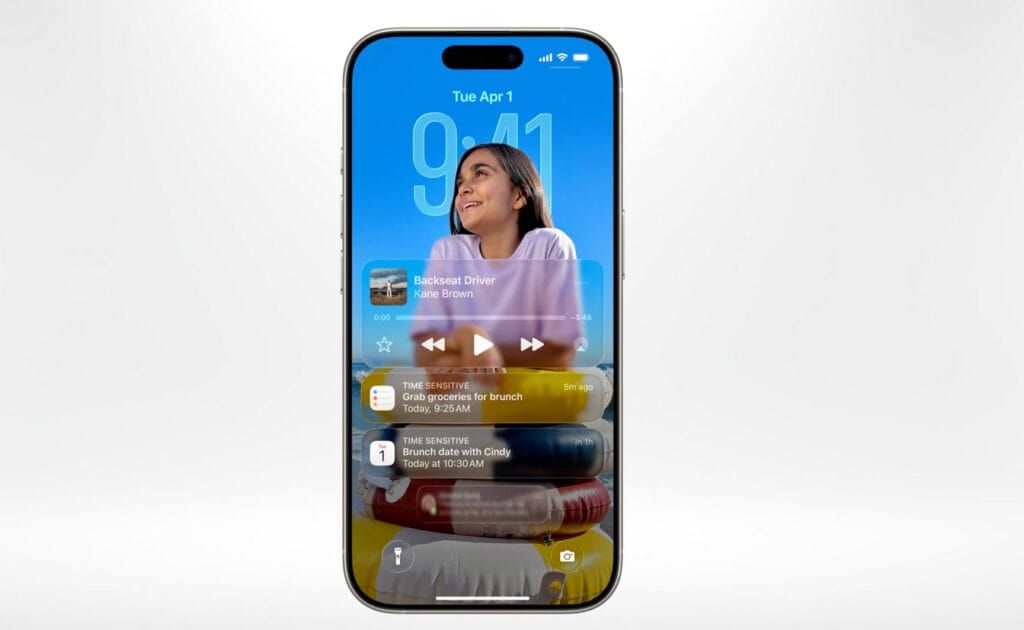At its Worldwide Developers Conference (WWDC) 2025, Apple unveiled iOS 26, the next major iteration of its iPhone operating system, introducing a striking new “Liquid Glass” design language. This release marks a significant visual overhaul, bringing a transparent, glass-like aesthetic to the iPhone’s user interface, alongside a unified naming convention across Apple’s ecosystem.
ALSO READ: PostBank reports stellar 2024 performance, plans to rebrand
The Liquid Glass design, inspired by the sleek and immersive visuals of visionOS for Apple’s Vision Pro, introduces a transparent interface with dynamic, glossy effects that ripple across app icons, widgets, and system menus. Unlike earlier rumors, iOS 26 retains the familiar squared app icons rather than adopting circular ones, ensuring continuity while delivering a futuristic look. The redesign extends to core apps like Photos, Camera, and Safari, with the latter gaining a full-screen mode for a more immersive browsing experience.
Beyond aesthetics, iOS 26 introduces practical enhancements. The Messages app now supports polls and customizable background images, while real-time translation is available for Messages, FaceTime, and phone calls. Apple also announced improvements to Apple Intelligence, including an AI-optimized battery management system and a virtual health coach, though a smarter Siri is not a focal point this year. Rumors suggest Google Gemini may serve as an alternative to ChatGPT for certain Siri functionalities.
Apple has shifted its naming convention, aligning all operating systems—iOS 26, iPadOS 26, macOS Tahoe 26, watchOS 26, tvOS 26, and visionOS 26—with the year 2026, reflecting the period when these updates will be most active (September 2025 to September 2026). This change simplifies version tracking across Apple’s devices.

Additional features include a new Foundational Models Framework, enabling developers to leverage on-device AI for innovative app functionalities. CarPlay sees updates with a compact design for better visibility during calls and new widgets for live activities, such as tracking a friend’s flight status. AirPods 4 and AirPods Pro 2 will gain camera controls and improved recording quality, enhancing their integration with iOS 26.
Set to launch as a free update this fall, iOS 26 is poised to redefine the iPhone experience, blending cutting-edge design with practical, AI-driven features. Apple’s focus on software at WWDC 2025 underscores its commitment to refining its ecosystem, setting the stage for future hardware innovations, potentially including the 20th-anniversary iPhone in 2027.

